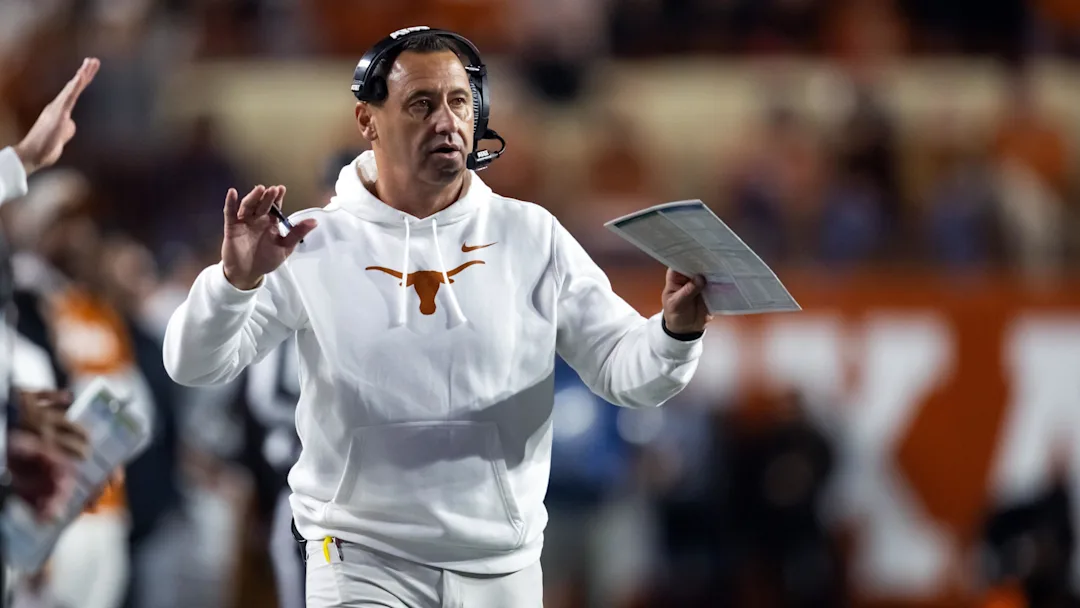In the competitive landscape of college football recruiting, securing top talent is paramount for programs aiming to ascend in national prominence. A recent development has underscored this reality, as the Texas Tech Red Raiders successfully outmaneuvered the Texas Longhorns in a significant recruiting battle, signaling a potential shift in the state’s collegiate football dynamics.
The focal point of this recruitment coup is Dylan Spencer, a highly regarded four-star defensive end from C.E. King High School in Houston. Initially committed to the Texas Longhorns, Spencer’s decision to flip his commitment to Texas Tech sent ripples through the college football community. His announcement, made via social media, was succinct yet impactful: “100% committed to Texas Tech University.”
Spencer’s recruitment journey was marked by interest from several prestigious programs. Beyond Texas and Texas Tech, he received offers from Arizona State, Baylor, LSU, Texas A&M, and USC. His choice to ultimately align with the Red Raiders speaks volumes about the persuasive efforts of Texas Tech’s coaching staff and the program’s evolving appeal.
This recruiting victory is emblematic of the broader strides Texas Tech has been making under the leadership of head coach Joey McGuire. Since his appointment in November 2022, McGuire has prioritized recruiting within the state, a strategy that has begun to yield tangible results. The 2024 recruiting class, for instance, is predominantly composed of in-state talent, with 22 of the 23 high school prospects hailing from Texas. This emphasis on local recruitment has positioned Texas Tech’s class as high as No. 22 nationally, reflecting the program’s growing competitiveness.
The significance of Spencer’s commitment extends beyond the addition of a talented player to the roster. It serves as a statement of intent from Texas Tech, signaling the program’s capability to compete with traditional powerhouses like Texas in attracting top-tier talent. Such successes are crucial for altering perceptions and elevating the program’s stature both within the state and nationally.
For the Texas Longhorns, losing a recruit of Spencer’s caliber to an in-state rival is undoubtedly a setback. It highlights the increasingly competitive nature of recruiting within Texas, where emerging programs are challenging the traditional dominance of established institutions. This development may prompt introspection within the Longhorns’ recruiting strategies, emphasizing the need to reinforce their appeal to top prospects amidst a shifting landscape.
The broader implications of this recruiting battle underscore the evolving dynamics of college football in Texas. Programs like Texas Tech are leveraging strategic recruiting approaches and on-field successes to challenge the established hierarchy. This trend is indicative of a more level playing field, where multiple programs vie for prominence and the attention of elite recruits.
In conclusion, Texas Tech’s successful recruitment of Dylan Spencer over the Texas Longhorns is a microcosm of the changing tides in Texas college football. It reflects the Red Raiders’ ascending trajectory and the intensifying competition for talent within the state. As programs continue to invest in recruiting and development, the landscape is poised for increased parity, setting the stage for compelling narratives and rivalries in the seasons to come.


